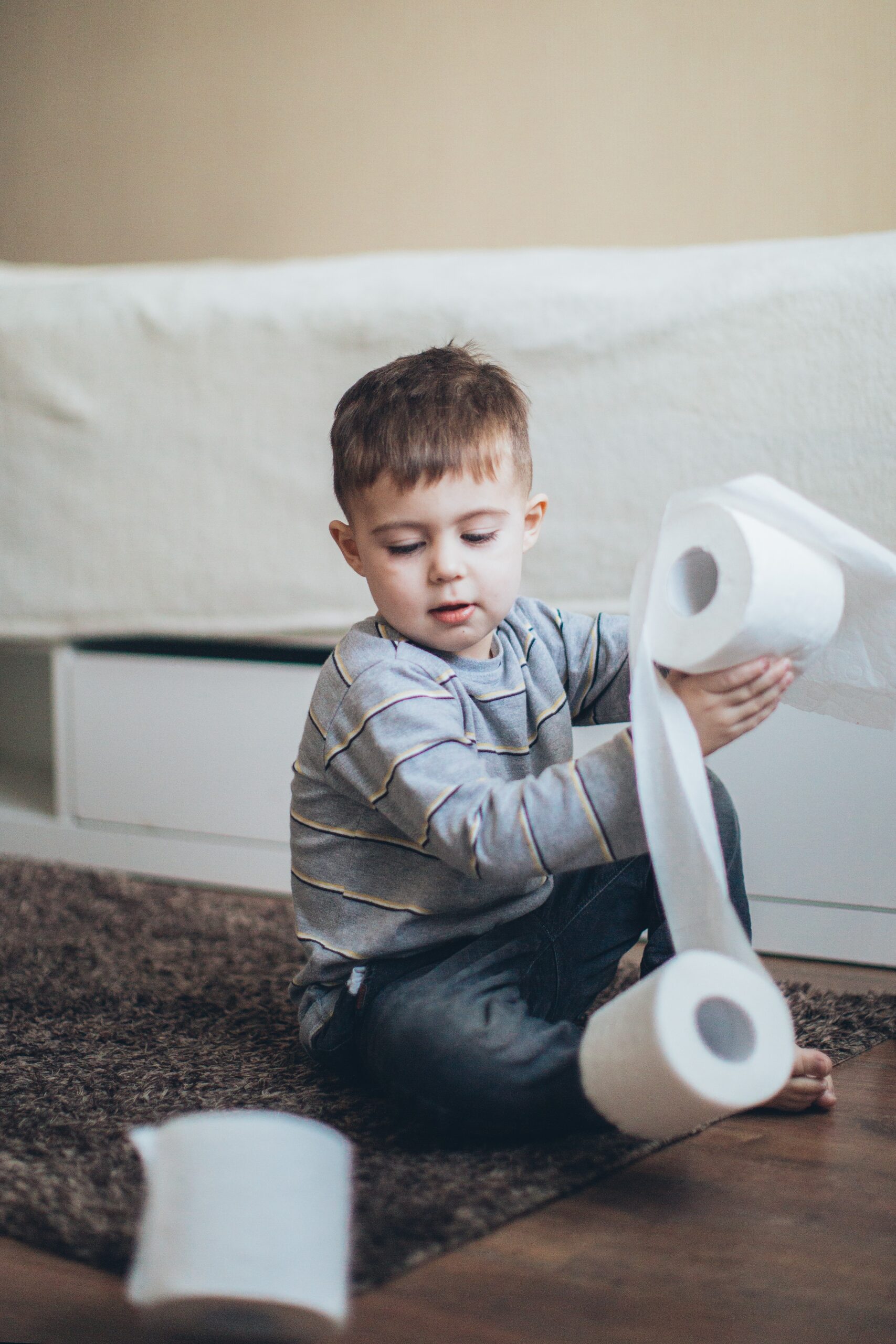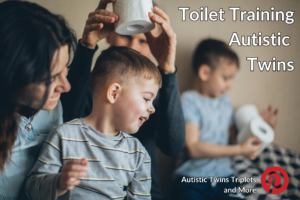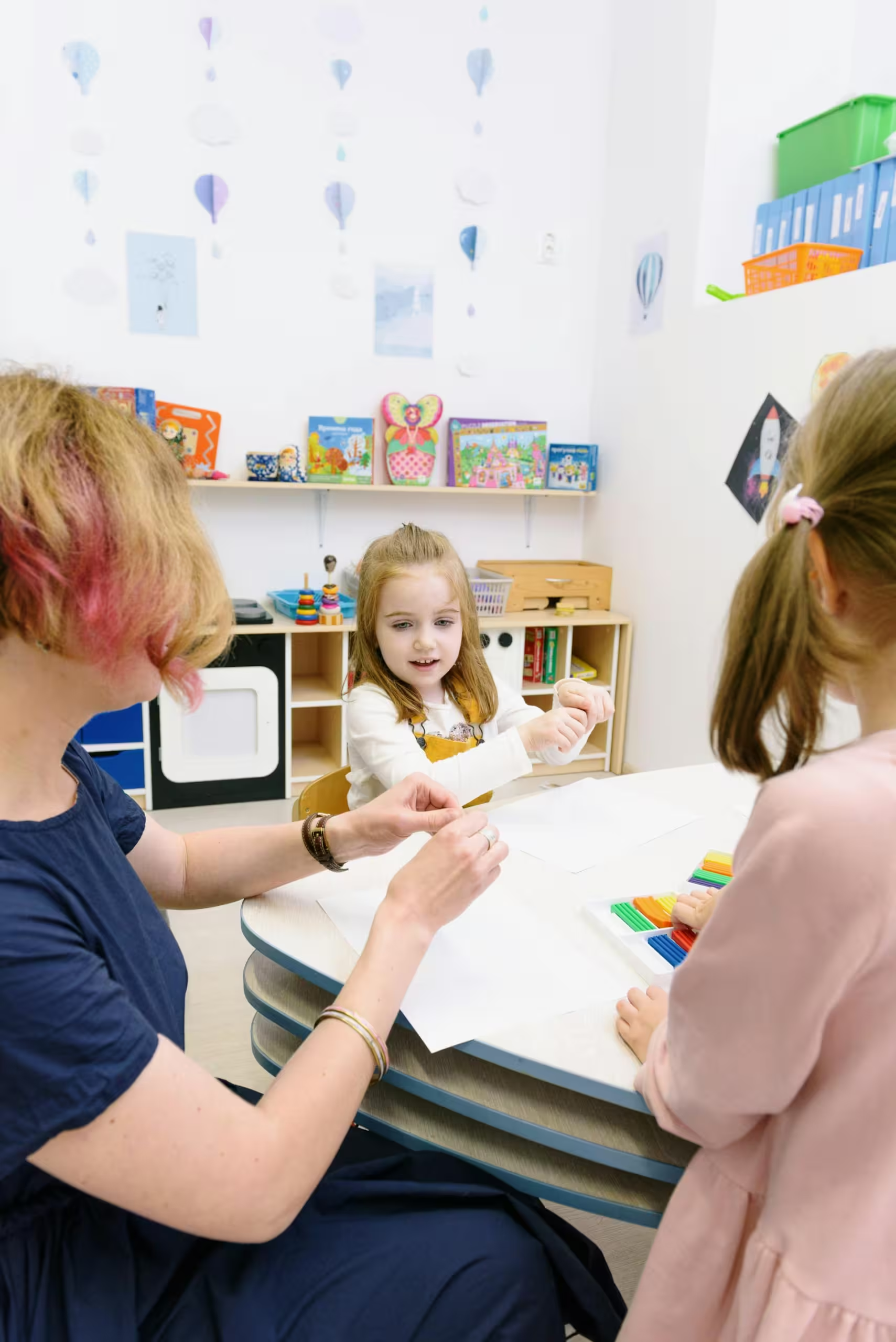Toilet training autistic twins is one of the most frequently commented on topic in our community! You may think it is difficult to toilet train just one child, but add in twins or triplets and autism, and it can be a completely different experience. You may think it seems impossible, but you are already doing lots of challenging things as a parent to twins or more, so don’t let toilet training stop you. While not all autistic children can be toilet trained, you can help your child learn to recognize body signals and what to do next.
Getting started
When is it right to start thinking about toilet training? Each child is different, and if you have twins or more, they may not be ready at the same time. You may also have your own personal reasons for wanting to begin toilet training, such as your children starting school or an upcoming trip that you want to be prepared for.
Common signs may be staying dry for longer periods, indicating when they need to go, and showing interest in the toilet. If you find that one is not ready, wait a few weeks (or months) and try again when they may be ready. In my experience, my daughter was ready to be toilet trained about a year earlier than her brothers, you may find similar with your own children. A twin mom shared that one of her twin girls “is more open and flexible while the other is very rigid in her ways. They have both shown they know when they need to go but neither of them like training potties or the real thing.”
Strategies that work
Just as each child is different, motivation may be different for your children. You might try routines such as taking them to the toilet every 30 minutes, singing a special song, using visual aids or social stories, or special rewards like stickers or a desired treat. If you have boys, they may want to stand up or sit down. The key is to be flexible and keep trying different supports until you find what works.
Many autistic twins find visual supports helpful. For example, visual timetables provide a clear representation of the steps involved using icon or PECS cards, which can reduce anxiety and confusion. A visual timetable can include pictures representing each step: going to the bathroom, pulling down pants, sitting on the potty, wiping, flushing, washing hands, and putting clothes back on. As your autistic triplets progress, adjust the timetable to reflect their skills. Find a free copy of a visual timetable on Autism Little Learner’s website.
Similarly, social stories break down situations into simple steps, using clear language and visuals. A social story about potty training might explain why we use the bathroom, the steps involved in the process, and appropriate bathroom behavior. And Next Comes L offers a wide variety of social stories support for toilet training on her website. Older children might benefit from timers or reminders on an app or smart watch.
Sensory challenges
Another thing to consider is that many neurodivergent people struggle with both sensory integration challenges, and interoception. Sensory integration means that you process sensory input differently than others – for example you may be over or under responsive to lights, sounds, touch and textures. This can greatly affect toilet training, as the toilet can be a loud, smelly and overwhelming place. Additionally, many autistic children struggle with restrictive diets and constipation, which can make going to the toilet even more of a challenge.
On the other hand, interoception affects the ability to understand and interpret body signals, so your child may not know that it is time to use the toilet until it is too late, or be unable to tell when their clothes are wet or dirty. Your Kids Table provide a great blog article on solving some of these sensory challenges.
Bed wetting
You may have tried when your autistic twins were younger and then stopped for a while. As your twins get older, you might want to try again. Or your twins might wear underpants during the day, but still need support overnight. Autistic children are more likely than their neurotypical peers to experience issues with bed wetting. It is believed due to issues mentioned above such as sensory challenges, interoception or increased stress and anxiety may play a role. As with other aspects of toilet training, remaining calm, having a routine and trying a variety of support aides can help with overnight issues.
Give it a break
If you find it’s not working, just take a break and try again in a few months. Twin mom Angelina shared how defeated she felt about not helping her 6 year old autistic twins become toilet trained. She’d had no issues with her other children, and just felt at a loss. It’s ok! Sometimes you can just take a break and regroup at a later time. If you are stressed, your autistic twins might pick up on this and be stressed about the process too. Just remember they are not doing this to be difficult or being stubborn, they just may need more time in support in different ways. Relax, regroup and try again later.
Are you ready to begin your toilet training journey? Leave a comment below to share what has worked, or not worked for your family.
Subscribe for the latest news and updates!
This website uses affiliate links. I may make a small commission from purchases when you use these links, at no additional cost to you. As an Amazon Associate I earn from qualifying purchases.





